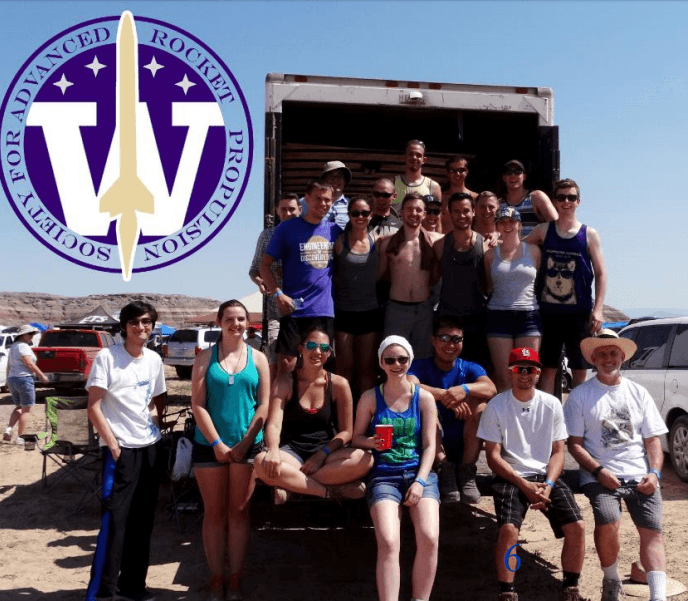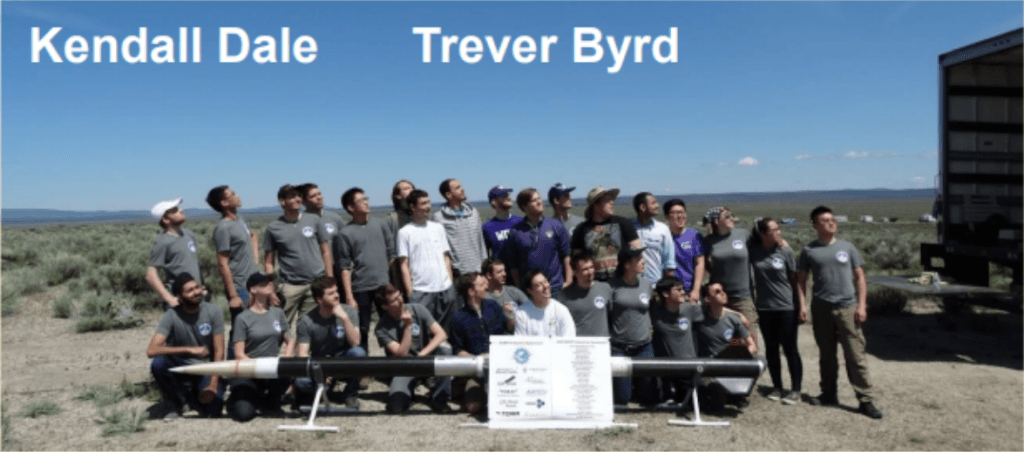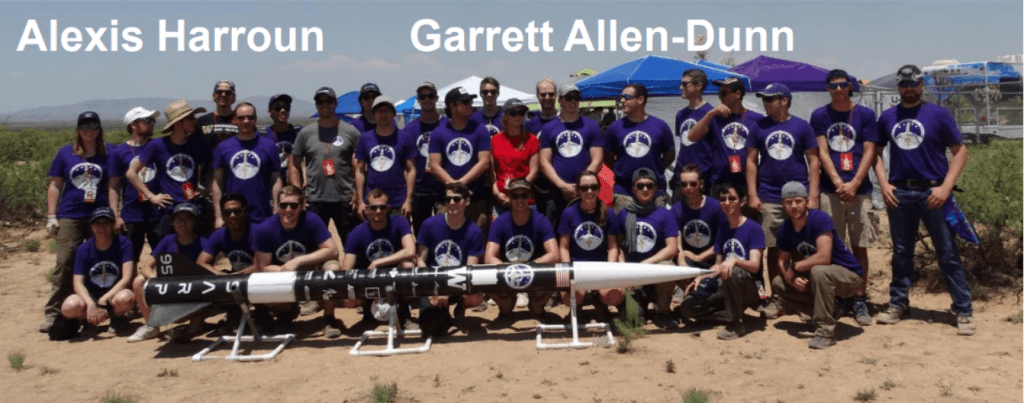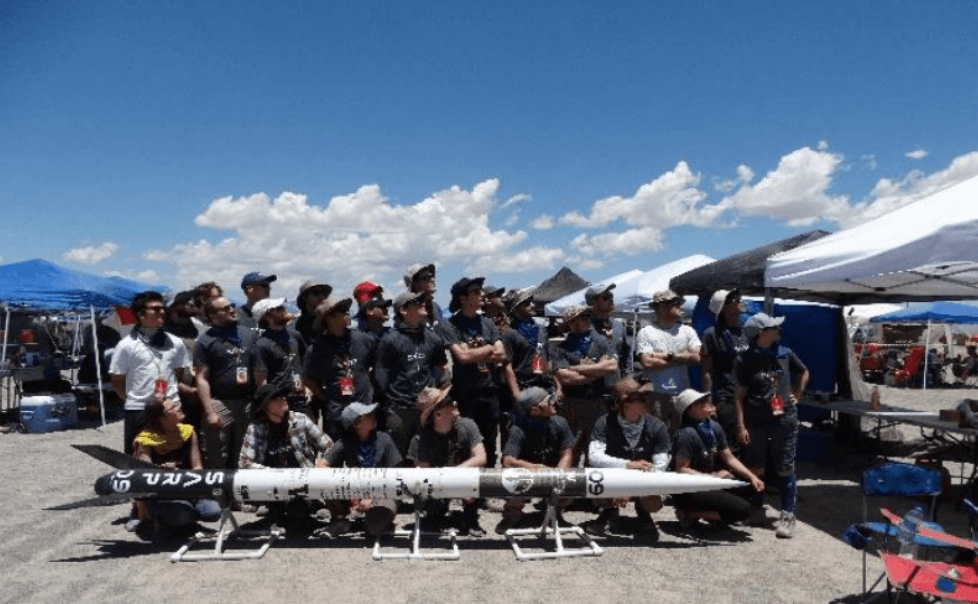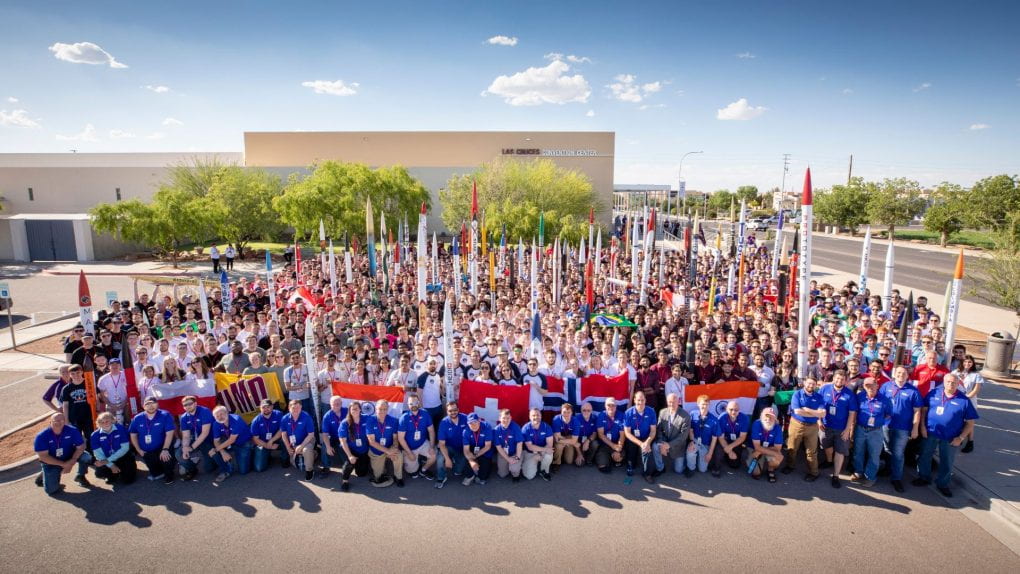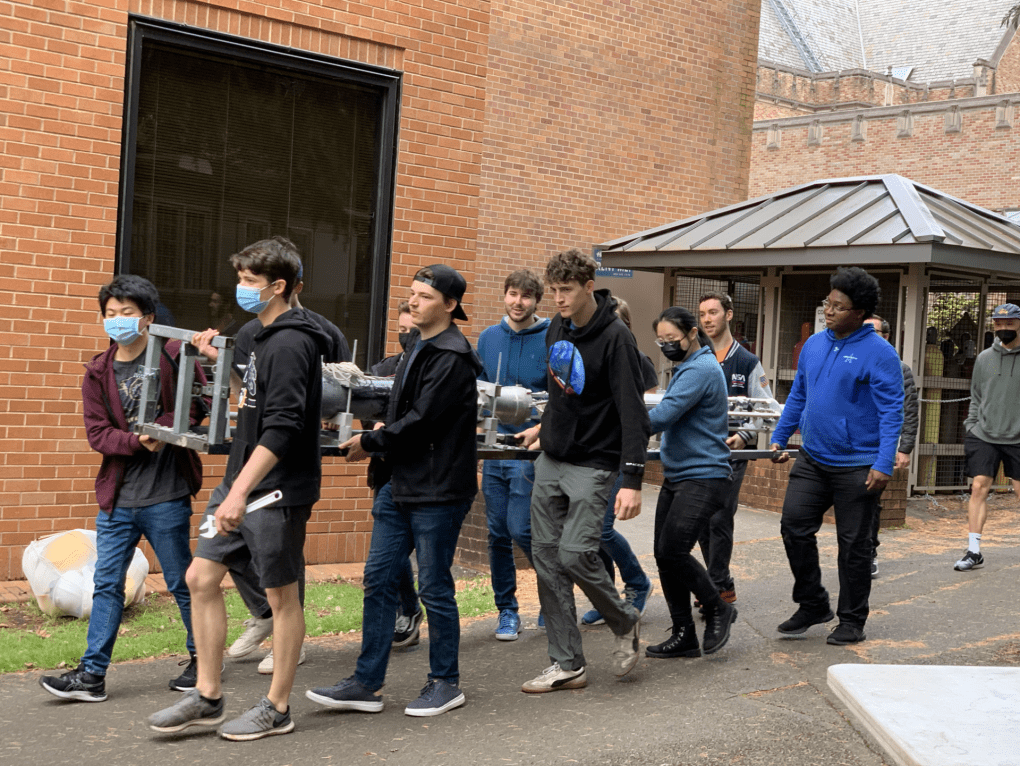Before the Society of Advanced Rocket Propulsion came about at the University of Washington, we had an interest and that interest sparked action.
In 2008, Professor James C. Hermanson visited the annual Intercollegiate Rocket Engineering Competition at Green River in Utah.
In 2009, a graduate course was created (AA 598G) was created and co-taught by Professors James C. Hermanson, Adam Bruckner, and Carl Knowlen. The course was designed to build a sounding rocket over three quarters and launch at the Intercollegiate Rocket Engineering Competition (IREC). In Spring of 2009, the rocket launched to 12,500 feet above ground level (AGL), earning 2nd place and winning the Excellence in Engineering award.
In 2011, a graduate independent study course was organized to develop a high-power hybrid rocket and was open to undergraduates as well. The rocket static fired a full-scale motor at IREC.
SARP registers as a Registered Student Organization at the University of Washington a second time with about 16 students comprised of undergraduates and graduates. The rocket completed a successful flight test at Mansfield, Washington, reaching ~6000 feet AGL. At IREC, the rocket reached ~8000 feet AGL with a hybrid motor that used a new propellant formulation, new composite airframe, new recovery system, and new launch tower. Over the course of 2019, SARP grew again to support almost 200 members. Remote fill safety was improved, and technology was developed to allow for fully wireless launch operations. Returning to the Spaceport America Cup for the third year, SARP’s rocket launched and successfully reached a height of 17,000 feet above ground level. It was declared the Overall Winner, took first place in the 30K SRAD Category, and was presented with the Judge’s Choice award. In 2021, SARP officially became the largest engineering RSO at the University of Washington. Over the course of the year, the construction of the organization’s first liquid bipropellant rocket, Pacific Impulse, continued to progress, and the subsystems were subjected to rigorous testing. SARP continues to strive towards the goal of getting Pacific Impulse to space by 2025.Timeline
Second RSO
Team grows
Test launch at Mansfield, WA, reached the 4000 feet AGL. Unfortunately, the rocket encountered a motor insulation failure and only reached the ~2200 feet AGL at IREC.
First Incident
Test launch at Brothers, OR, experienced a pre-ignition issue and lost the rocket. This was the first serious safety incident and an incident report was presented at IREC by two students. No IREC launch.
Spaceport America
There was no test launch this year. IREC 2017 takes place at Spaceport America in New Mexico for the first time. Rocket launch at IREC reaches the ~12500 feet AGL and motor was fully functional through launch. SARP placed 2nd place at IREC. The rocket was initially lost but was later found in May 2018.
1st Place
Launch at IREC-SAC (Spaceport America Cup) performed well until about 4000 feet where the rocket experienced a structural failure in flight. It experienced a hard landing under a partial chute. SARP still won 1st place in the Student Researched and Developed (SRAD) 30,000 feet AGL category.
First Place Again
Coming out of COVID Quarantine


